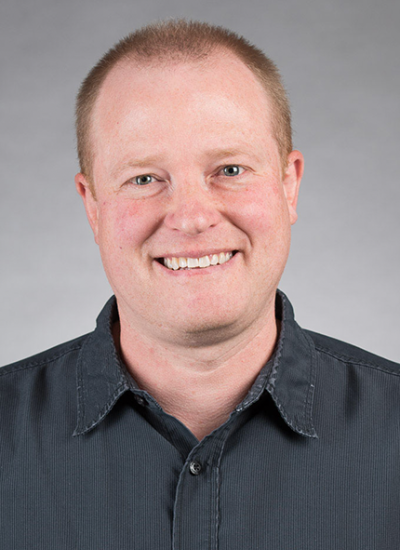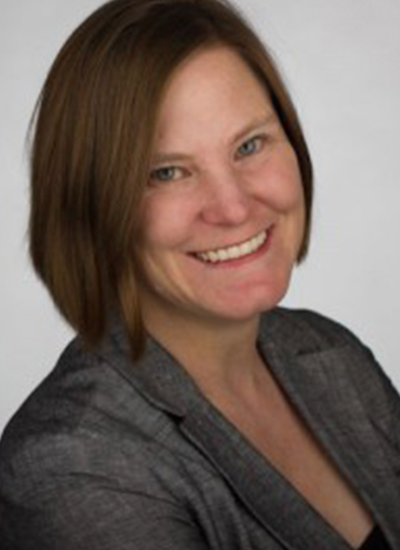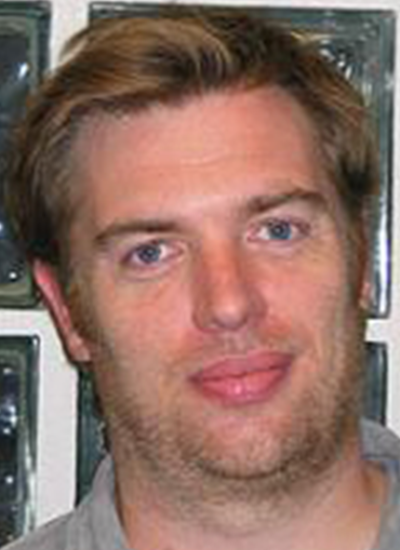Omics
David A Kudrna
Work Summary
We are a plant genomics lab who specialize in whole genome sequencing and assembly; with analyses of structural variation, gene modeling and transcriptomes. Our work on major projects of rice, corn, barley, etc, allows us to share our technical expertise with other researchers.
Research Interest
Frederic Zenhausern
Work Summary
Our research approaches apply a combination of advances in nanoscience, molecular biology and omics to a new generation of biological tools and sensors based on nano and microscale technologies for breakthrough applications in healthcare delivery.
Research Interest
Carol A Soderlund
Research Interest
Todd A Schlenke
Research Interest
Bonnie L Hurwitz
Work Summary
Our lab focuses on large-scale –omics datasets, high-throughput computing, and big data analytics. We leverage these technologies to answer questions related to the relationship between microbes, their hosts, and the environment. In particular, we focus on viral-host interactions and co-evolution given environmental factors (i) in aquatic systems and (ii) for phage treatment of diabetic foot ulcers.
Research Interest
Ryan N Gutenkunst
Work Summary
We learn history from the genomes of humans, tumors, and other species. Our studies reveal how evolution works at the molecular level, offering fundamental insight into how humans and pathogens adapt to challenges.









